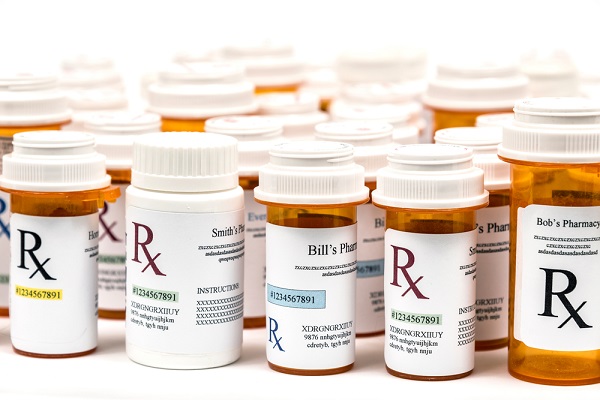 A proposed policy to cut drugreimbursement rates would be similar to eliminating the exclusivitythat drugmakers enjoy before generics are allowed to develop andcompete with them. (Photo: Shutterstock)
A proposed policy to cut drugreimbursement rates would be similar to eliminating the exclusivitythat drugmakers enjoy before generics are allowed to develop andcompete with them. (Photo: Shutterstock)
Drug companies should reassess their investment strategy if the Trump administrationgoes forward with a new proposal aimed at lowering what thegovernment pays for drugs in Medicare Part B,argues a new research report byPricewaterHouseCoopers
|The administration has proposed setting Medicare reimbursements for drugs based on theaverage price the drug fetches globally, or the InternationalPricing Index. That would result in much lower reimbursement rates,since many high-end drugs sell for much less in other countries.That is largely because in most countries the government-run healthcare system negotiates directly with drug-makers to set prices.
|Related: Trump criticizes “global freeloading” in latestdrug price action
|The effect of the proposed policy, said the report, would besimilar to eliminating the exclusivity that drugmakers enjoy beforegenerics are allowed to develop and competewith them.
|“The administration's International Pricing Index approach wouldhave these drugs essentially 'compete' with prices paid by foreigngovernments, even if patent exclusivity remains in effect,” saidthe report.
|
Twenty-nine of the top 50 drugs covered by Medicare Part B wouldbe opened up to competition under the new policy, PwC estimates.Part B covers less than 500 drugs, but the top 50 medicationsaccount for 83 percent of the overall drug spending and the top 25account for 65 percent of all spending.
|The new policy will likely force companies to rethink theirpricing strategy as well as when or whether they will choose toenter new foreign markets.
|“Medicare Part B is a small program, but for the companiesinvolved in it, it brings in significant revenues. Companies shouldassess how much revenue may be at stake for their products, bothnow and in the future,” said the report.
|Just as the policy threatens the profits of drug companies, itoffers the prospect of major savings to U.S. taxpayers. Officialsfor the Centers for Medicare and Medicaid Services have estimatedthat it would save nearly $18 billion for Medicare Part B and $1.8billion for Medicaid (due to dual enrollees) between 2020-25.
|Read more:
- Merck lowers prices as Trump's attacks on drugprices gain steam
- Reference-based pricing: a panacea for high drugprices?
- HHS, FDA open to importing prescriptiondrugs
Complete your profile to continue reading and get FREE access to BenefitsPRO, part of your ALM digital membership.
Your access to unlimited BenefitsPRO content isn’t changing.
Once you are an ALM digital member, you’ll receive:
- Critical BenefitsPRO information including cutting edge post-reform success strategies, access to educational webcasts and videos, resources from industry leaders, and informative Newsletters.
- Exclusive discounts on ALM, BenefitsPRO magazine and BenefitsPRO.com events
- Access to other award-winning ALM websites including ThinkAdvisor.com and Law.com
Already have an account? Sign In
© 2024 ALM Global, LLC, All Rights Reserved. Request academic re-use from www.copyright.com. All other uses, submit a request to [email protected]. For more information visit Asset & Logo Licensing.








